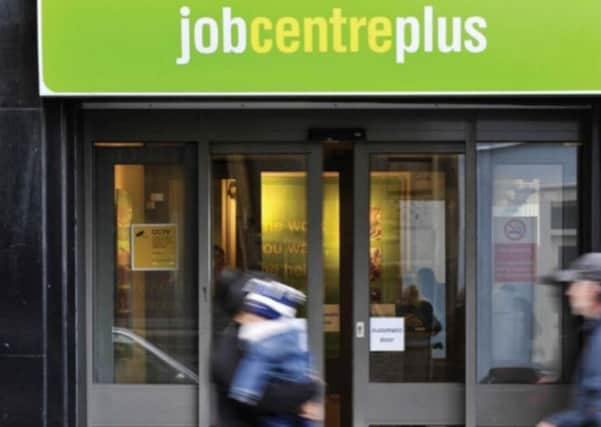Jobless figures down as employment hits record levels in June


The latest data for June from the NI statistics agency NISRA indicates that the local labour market continues to demonstrate some of the lowest unemployment and highest employment rates on record, while inactivity rates are similar to those five years ago.
The agency said it received notification of 792 confirmed redundancies in June; two fifths of which came from the manufacturing sector.
Advertisement
Hide AdAdvertisement
Hide AdThat figure came against a backdrop of 2,848 in the past 12 months, 23% up on the year before.
But while the local figures are more positive that that have been for several years, commentators have noted that they are relative and show that the province still trails the rest of the UK.
The employment rate indicates the number of working age people actually in work, which is 69.8% compared to a UK rate of 75.7%.
Economic inactivity refers to working-age people not in of seeking work. That rate is presently 27.5% while the UK average is 21%.
Advertisement
Hide AdAdvertisement
Hide Ad“Looking across the different regions of the UK, Northern Ireland’s labour market sits near the ends of the spectrums,” said Danske Bank chief economist Conor Lambe.
“Despite being relatively high in a local context, Northern Ireland’s employment rate of 69.8 per cent is the lowest of the UK regions and the only rate to be below 70 per cent.
“The local unemployment rate of 3.5 per cent is equal to that of the East and South East of England with only the South West enjoying a lower rate of unemployment than these three regions.
“But the long-standing challenge of high inactivity means that Northern Ireland’s economic inactivity rate remains the highest of all the UK regions.”
Advertisement
Hide AdAdvertisement
Hide AdUlster Bank chief economist for Northern Ireland, Richard Ramsey said: “It is encouraging to note that the growth in employment over the last year has been largely driven by employees and full-time work.
“There was a net gain of 33,000 employees over the year to March to May 2018. Over the same period, full-time and part-time employment increased by 25,000 and 5,000 respectively. Self-employment remained flat at 127,000.”
It was worth noting, he added that there had been a marked rise in the number of people with second jobs,up 17% year on year and a reflection of the gig economy he suggested.